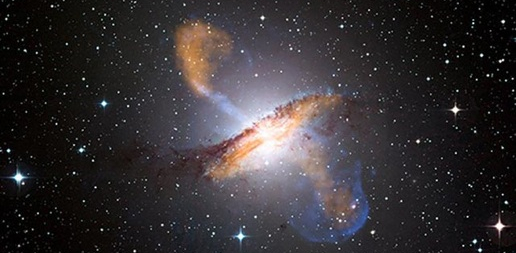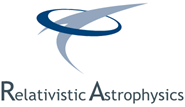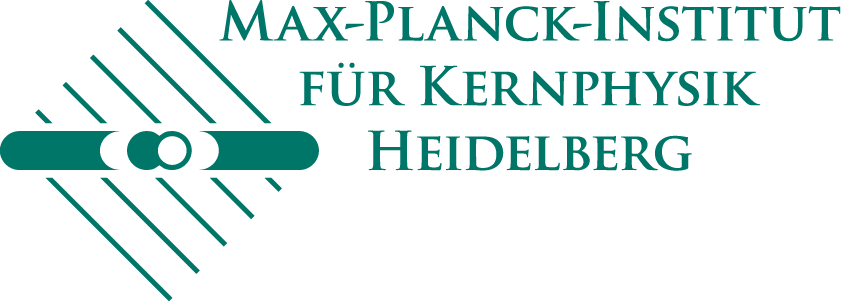
Teaching
SS 2025: Seminar (MVRS) on Astrophysics of Cosmic High Energy Sources,
University of Heidelberg, Faculty of Physics and Astronomy,
2 hours per week, Friday 14:15-15:45, Philosophenweg 12, EG070
(2 credit points; presentation language is negotiable)
NOTE:
- This seminar will take place in hybrid form, with some meetings taking place via Zoom.
- First in-person seminar on May 9.
- For schedule details and if you want to attend (e.g. Zoom), please contact me by email,
or register via heiCO.
1. Course Context: The technical and instrumental advances in the last few decades have led to the emergence of a new discipline in modern astronomy dealing with the properties of matter and radiation under extreme physical conditions. In a wide sense, this discipline called High Energy Astrophysics might be defined as focusing on the "astrophysics of high energy processes and their application in astrophysical and cosmological contexts." (M.S. Longair) At highest photon energies (the so-called VHE or TeV gamma-ray domain), Heidelberg plays a prominent role in this field with the Max-Planck Institut for Nuclear Physics (MPIK) as the lead institute of the H.E.S.S. observatory and in preparation of the upcoming CTA Observatory.
2. Course Description: This seminar aims to give insights into key characteristics of astrophysical sources seen at high energy, including both, recent experimental results and theoretical concepts. A specific focus will be given to extragalactic sources (AGNs).
3. Seminar Rules: You can find the seminar rules here.
4. Topics include:
- Cosmic High Energy Sources (introduction)
- High Energy Observatories and Instruments
- Extreme Particle Acceleration in Astrophysical Jets
- Radio Galaxies as High-Energy Gamma-Ray Emitters
- Gamma-Ray Bursts at VHE energies
- AGNs as potential sources of UHECRs
- Massive Star Clusters as Sources of Galactic Cosmic Rays
- The Galactic Center at High Energy.
- Microquasars seen at VHE energies
- High-energy neutrinos from nearby AGN
5. Basic reference literature:

